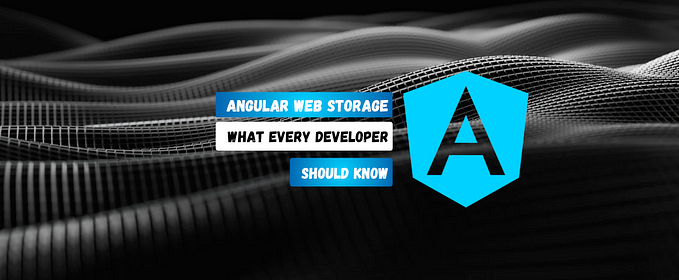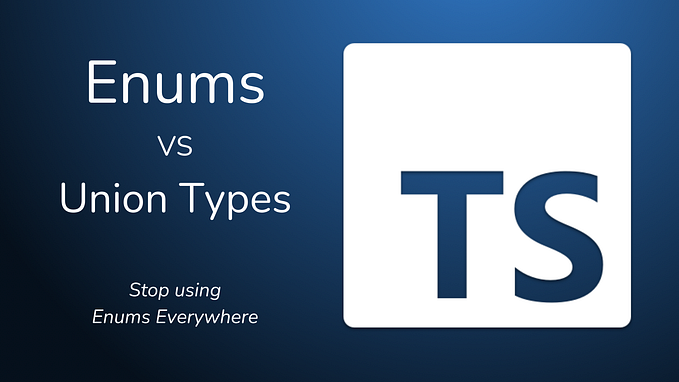Member-only story
Best Practices for Writing Clean and Maintainable Code 2025

As developers, one of the most frustrating challenges we face is working with messy, unorganized code. Whether it’s unclear logic, inconsistent conventions, or a lack of structure, poorly written code can slow down development, increase bugs, and make onboarding new team members a nightmare.
Clean, maintainable, and testable code is the foundation of a successful and scalable project. By following certain best practices, we can ensure our code not only works but is also easy to understand, extend, and improve. Below are strategies every developer should adopt to write code that stands the test of time.
❌ let a = 10; // What does "a" mean?
✅ let maxRetries = 10; // Clear and descriptiveMaintain Consistent Naming Conventions
Consistency breeds clarity. Decide on a naming style (e.g., camelCase, snake_case, PascalCase) and apply it throughout your project. For example:
• Use camelCase for variables and functions: calculateTotalCost()
• Use PascalCase for classes: OrderSummary
• Use UPPER_SNAKE_CASE for constants: MAX_RETRIES
Consistent naming makes the code predictable and helps avoid confusion, especially in large teams.
Embrace Modularity
Break down complex tasks into smaller, reusable modules or functions. This makes your code easier to debug, test, and maintain. Modular code also promotes the DRY (Don’t Repeat Yourself) principle, reducing redundancy.
For example, instead of repeating a calculation in multiple places, encapsulate it in a reusable function:
function calculateDiscount(price, discountRate) {
return price - price * discountRate;
}Comment and Document Wisely
While clean code often reduces the need for extensive comments, thoughtful documentation is still invaluable. Comments should provide context, not repeat what the code already says.
Avoid: i++; // Increment i
• Use: i++; // Increment index to process the next item in the listSimplicity Over Complexity









